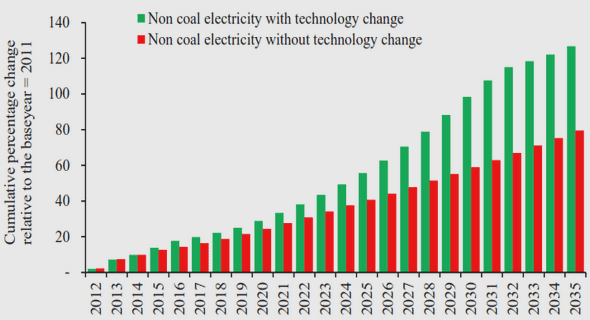(Downloads - 0)
For more info about our services contact : help@bestpfe.com
Table of contents
1 introduction
1.1 Historical view
1.2 Theory of operation
1.2.1 Standing wave
1.2.2 Transverse Electric and transverse Magnetic modes
1.3 Operating parameters
1.3.1 Resonance frequency and number of modes
1.3.2 Chamber Quality factor (Q)
1.4 RC physical description
1.5 RC applications
1.6 Reverberation chamber versus Anechoic Chamber
1.7 Antenna principles
1.7.1 Radiation Pattern
1.7.2 Antenna Directivity, Gain, and Efficiency
1.7.3 Antenna polarization
1.8 Spectrum analyzer theory of operation
1.8.1 Applications of a spectrum analyzer
1.8.2 Spectrum analyzer function block diagram description
1.8.3 Resolution bandwidth and phase noise
1.9 Transmission Line
2 Methodology
2.1 Instruments and software
2.1.1 Signal generator (Ana-Pico APGEN 3000)
2.1.2 Spectrum analyzer Rohde & Schwarz R&S FPC 1000
2.1.3 Transmitting (Tx) antenna
2.1.4 Receiving (Rx) antenna
2.1.5 Stirrer system
2.1.6 Software
2.1.6.1 Python-Visa
2.1.6.2 SCPI
2.2 calculations
2.2.1 Lowest Usable Frequency (LUF)
2.2.2 Working volume
2.3 Field uniformity validation
2.3.1 Variance and Standard Deviation
2.3.2 Test set up
2.3.3 Measurements results
2.3.4 Sweeping measurements
2.3.5 Quality factor degradation test
3 Discussion
3.1 Field uniformity and isotropy
3.2 Sweeping measurements
3.3 Quality factor degradation test
4 conclusion
5 Recommendations for continued work
References
Acronyms
Appendix
Python code




